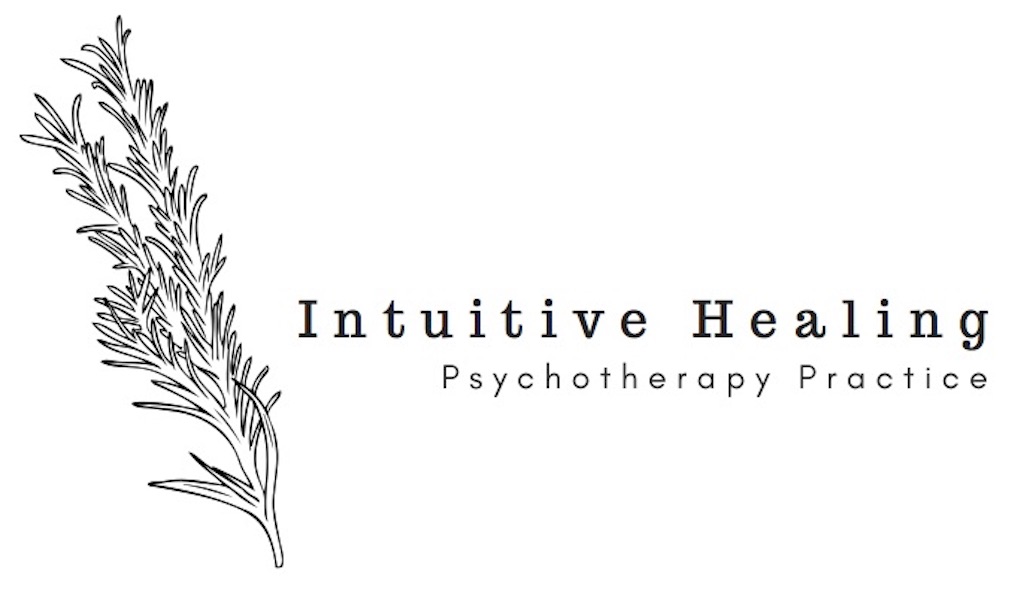Understanding Intimate Partner Violence Part I: Recognizing Signs of Abuse in Relationships
Astrid Burke, MHC
What is intimate partner violence?
Domestic violence, a term commonly used to describe abuse in relationships, is abuse/violence perpetrated against a partner, child, elderly relative, or any other member of a household or family. Here, I’ll be discussing intimate partner violence (IPV), a type of domestic violence perpetrated by a current or past spouse or partner. A person does not have to be married or living with their partner to experience abuse or be impacted by it. IPV can occur among individuals of any age, gender, religion, income level, education, class, or sexual orientation.
What does an abusive relationship look like?
IPV looks different in every relationship but at its core IPV is rooted in the abuser’s desire for power and control over their partner. Abusers, however, are typically not controlling or possessive from the get-go. Often, they appear very charming, well-liked by friends and coworkers, and may groom their partner for a significant period of time before the abusive behavior begins. Once the abusive behavior begins, it typically escalates and becomes cyclical in nature (a pattern which I will discuss in my next blog post, “Understanding Intimate Partner Violence Part II: Disrupting the Cycle”).
What does abuse look like?
There is a long-held misunderstanding of IPV as only involving physical abuse and only occurring with a male abuser towards a female victim, but this image hardly encapsulates the myriad of ways in which abusive partners attempt to gain power and control over their partners. Signs and clues that abuse is taking place within a relationship may include:
Coercion and Threats: Making or carrying out threats to hurt their partner, hurt someone their partner loves such as family member or pet, leave their partner, make false accusations against their partner, commit suicide or hurt themselves if partner leaves.
Intimidation: Making their partner feel afraid with threatening actions, looks, and gestures, destroying their partner’s property, abusing pets, wielding weapons.
Verbal Abuse: Name-calling, insulting, using demeaning language.
Emotional Abuse: Putting their partner down, humiliating them, ridiculing their appearance.
Mental Abuse: Denying, minimizing, blaming their partner for the abuse, not taking responsibility for their own actions, making fun of or making light of the abuse, claiming the abuse did not occur at all.
Social Isolation: Controlling what their partner does, who they interact with, where they go, limiting their partner’s activities and using jealousy to justify their actions, isolating them from family or friends, interrupting their time with other people by incessantly calling or demanding that they come home.
Using Children: Criticizing their partner in front of their children, interfering with visitations, telling their children that their partner is “bad,” does not love them, etc., threatening to take their children away or contact child protective services with false accusations.
Gender Privilege: Treating their partner like a servant, defining their partner’s roles based on gender bias, justifying their actions by seeing themselves as “king or queen of the castle,” making significant decisions without their partner’s knowledge or input.
Economic Abuse: Preventing their partner from getting or holding a job, demanding that their partner work longer hours or get a second job, steal money from their partner, sabotaging their job or schooling, restricting their partner to an allowance, preventing their partner from having access to their own income or family income.
Spiritual Abuse: Preventing their partner from attending services, practicing their faith or spiritual beliefs, isolating them from their spiritual or religious community.
Sexual Abuse: Sabotaging their partner’s birth control, refusing to use protection, pressuring their partner to either continue or end a pregnancy against their partner’s wishes, or any nonconsensual, unwanted, unsafe, degrading sexual activity.
Physical Abuse: Using physical force against their partner to injure them, physically blocking exits to prevent their partner from seeking safety.
How can I or someone I know seek support?
Just as abuse looks different in different relationships, support also looks different for everyone. Support may involve counseling, emergency shelter, legal guidance, or housing assistance or any combination of these options. If you’re unsure of what supports you need at this time, talk to a trusted provider, therapist, doctor, or advocate to figure out what your unique safety plan may look like and decide on the safest option for you.
If you feel ready to unpack the impacts of an abusive relationship, past or present, in a safe, non-judgmental, therapeutic space, please feel free to reach out for a free phone consultation.
Are there any other resources I should know about?
If you are a survivor in NYC:
NYC Gay and Lesbian Anti-Violence Project
www.avp.org, 212-714-1141
Safe Horizon
www.safehorizon.org, 800-621-HOPE (4673)
If you are a survivor outside of NYC:
National Domestic Violence Hotline
www.thehotline.org, 800-799-7233, 800-787-3224 (for the hearing impaired)
If you believe you are abusive towards your partner and are seeking guidance in understanding and changing your own behaviors:
Urban Resource Institute (URI)
Ask about their Abusive Partner Intervention Program (APIP)
https://urinyc.org/program/apip/
If you are in immediate danger, call 911.
